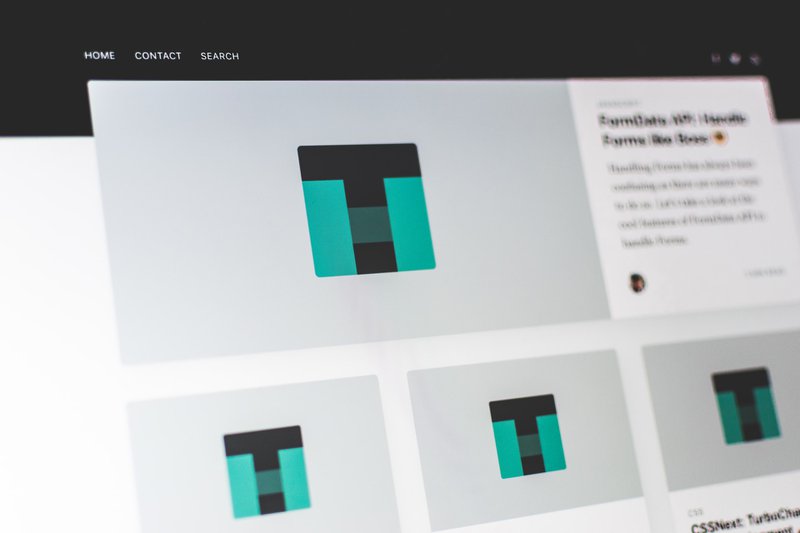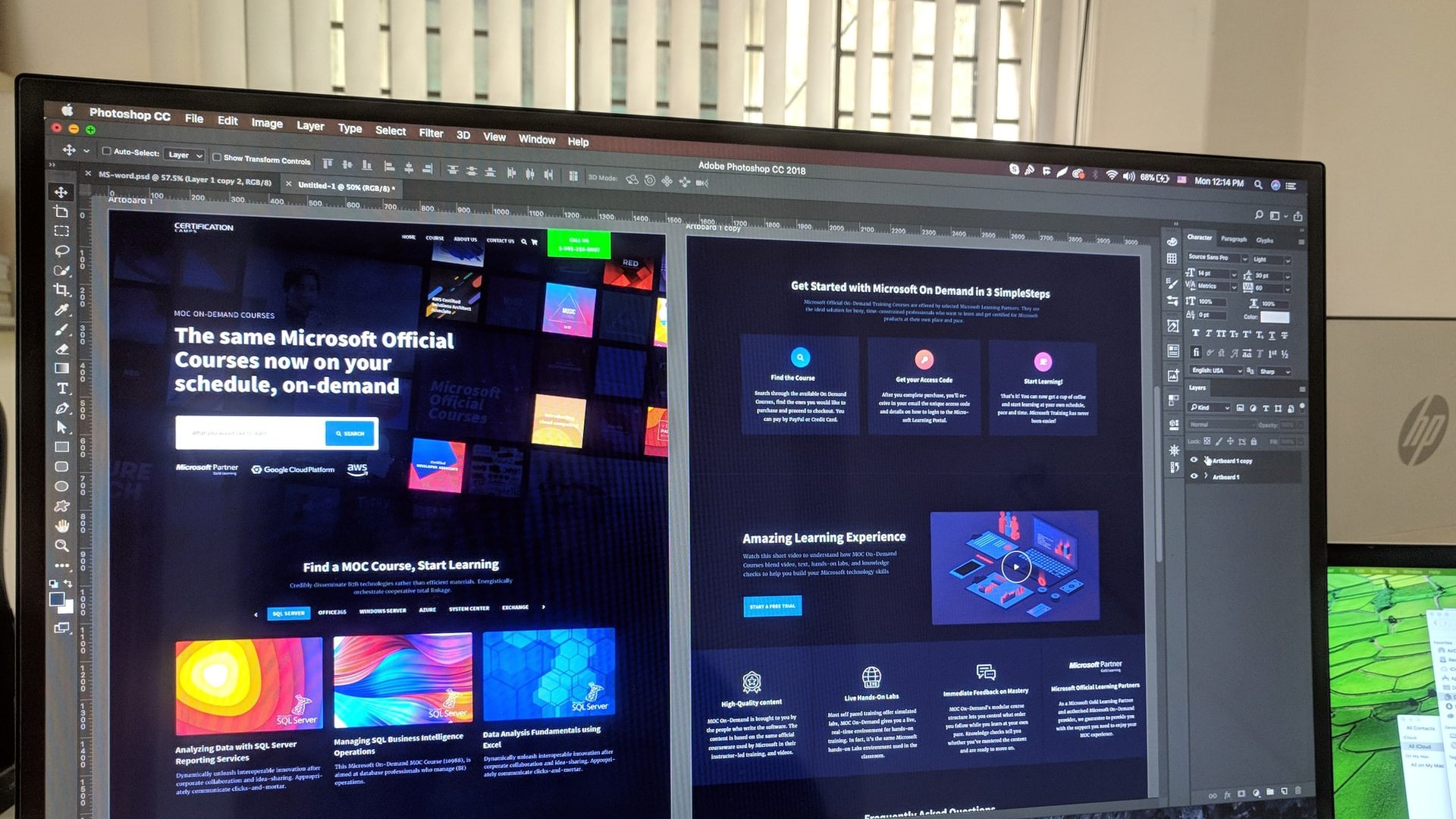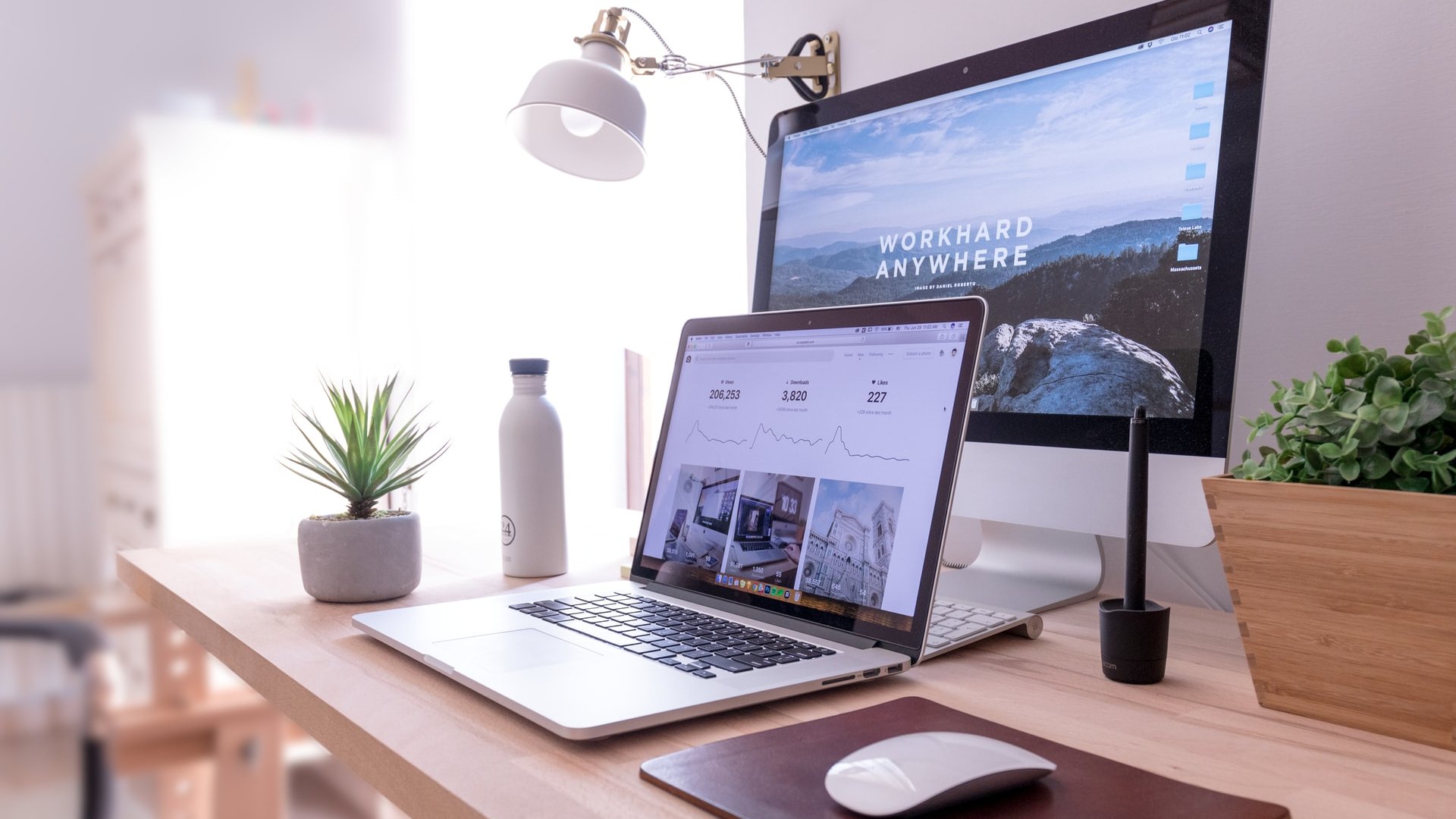有人可能会说,COVID-19 疫情迫使许多企业转向线上。虽然这没有错,但它强调了一个事实,即互联网已成为满足我们日常需求和愿望的不可或缺的工具。网站是任何企业在万维网上的主要资产,您的利益相关者可以在这里与您的品牌互动。
当然,人们可能在社交媒体上很活跃、很有影响力,但主要目的始终是吸引人们回到您的网站。因此,人们需要一流的网站设计来吸引尽可能多的访问者到他们的网站,然后将这些流量转化为他们的最终目标。
设计网站时的注意事项
下面我们总结了哪些因素能够让访客停留更长时间并坚持下去 号召行动, 按钮:
1.内容为王
访问您网站的人应该首先快速获得他们需要的信息。别忘了他们还可以浏览数百个其他类似的网站,因此您需要首先吸引他们的注意力。您的网站文案应该简短、亲切、简洁。不要拐弯抹角;他们不是来悠闲地阅读的。

根据研究,人们的注意力持续时间处于人类历史上的最低点。最多只有八秒钟,然后他们就会转向其他事物。您的网站副本应始终包含相关且最新的内容。此外,不要犯语法错误。在这个时代,这是不可原谅的 人工智能编辑校对.
当您为人类读者写作时,不要忘记使文案富含 SEO 元素。通常,您网站的流量是由搜索引擎引导的。
2.用户体验至上
专家表示,大约 38% 如果访问者对网站的布局或内容不满意,他们就会停止浏览该网站。 47% 预计网页加载时间不到 2 秒. 如果初始交互速度很慢,39% 将永远不会返回该网站。有了这些统计数据,您必须确保网站布局、设计和内容都经过精心设计。一切都应该快速而敏捷。

网站导航应方便用户使用,使用户能够快速找到所需内容。良好的网页设计工作需要 Google 的 PageInsights 和 用谷歌思考 记住这些提示。内容应该以层次结构布局,以便访问者自然地阅读。集体智慧决定了大多数人从左到右、从上到下阅读。关于这一点,可以从以下文章中获得很多见解: “F” 阅读形状.
根据 眼动追踪研究,人们浏览网站的方式是有规律的。有了这些知识,人们就可以通过在网站布局的正确位置使用正确的视觉效果来提高网站的参与度。所使用的网页元素的颜色和大小也在人们浏览网站的方式中发挥着重要作用。不用说,您的网站应该对各种设备都友好:电脑、平板电脑和手机。
3. 给眼睛提供良好的视觉效果
第一印象非常重要。 48% 的人说 企业的网站设计决定了其品牌的可信度。记住这一点:访客 在 0.05 秒内对网站形成自己的观点 加载。这意味着您只有不到一秒钟的时间为您的访客提供良好的视觉效果,否则您的品牌评级会迅速下降。那么,您如何为他们提供正确的视觉效果呢?

首先,采用现代网页设计标准。这意味着不要使用旧时的花哨东西;闪烁的文字、夸张的动画、俗气的配色方案、糟糕的字体和页面浏览量计数器等。为了安全起见,您可以采用普遍接受的纸质印刷标准,使用对比度和接近度来使内容具有视觉吸引力。至于排版,您可以使用以下工具: 类型转换 或者 打字测试员 设置最佳字体。虽然一般来说, 无衬线字体有利于提供良好的网页阅读体验.
请不要让您的网页杂乱无章;相反,请使其整洁且结构良好。这需要删除死链接、拥有良好的内部链接结构、优化图像、正确定位多媒体。不要担心网页之间有空白;不要让您的思维欺骗您,让您认为所有空白都是网站上的内容空间。只需看看如何 中等的 巧妙地利用了空白。此外,内容应该被适当地分类和标记。
这 Adobe 色轮 可以帮助您为网站设置正确的配色方案。智能调色板将改善用户体验。
最后
所以你认为你的新网页设计已经完成了?不要马上公开部署它!首先,你需要进行测试。其中包括你和一小群 beta 测试人员。测试应该在不同的设备(计算机、平板电脑和智能手机)上进行,并采用不同的互联网连接速度。如果你能看到网页在不同设备和互联网连接上的加载速度和效果,那会很有帮助。
通过测试,您可能会发现需要调整导航、图片或字体等,以改善跨设备的用户体验。您还可以使用类似 尼布勒 让您深入了解可以改进的地方。该工具针对代码质量、移动优化、内部链接和社交兴趣等方面提供建议。
在您的网页设计通过上述所有测试后,吸引和维护访客的真正工作就开始了。这需要在网站上发布相关内容,并利用社交媒体为您的网站带来流量。这部分工作可能很繁琐,因为它不是一次性工作,而是一项常规工作。在这方面,您可以聘请专业编辑、图形设计师和社交媒体专家来帮助您日常运营网站。立即联系我们寻求帮助;无论是最初的网页设计工作还是网站运营的日常管理。



















